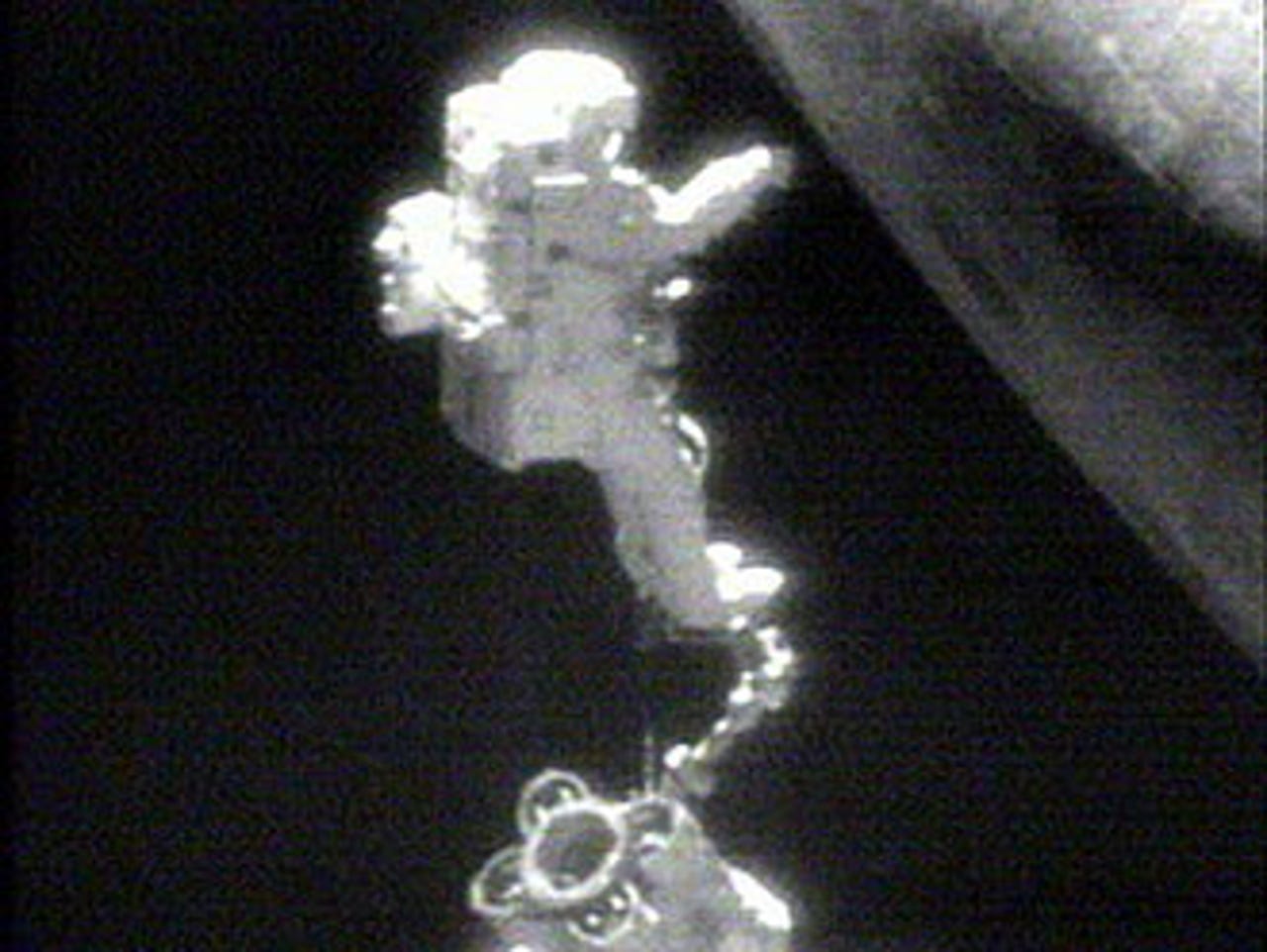Photos: All's well with shuttle repairs


Repairs finished
See News.com's related photo galleries on the International Space Station, the launch of Discovery and preparations for lift-off.
Fixing the shuttle
Robinson was able to remove the gap fillers by gently pulling them out. If left exposed, the pieces of ceramic-coated fabric could create intense heat during re-entry and put Discovery in jeopardy.
Cutting tool
Robinson was prepared to trim the gap fillers with this improvised hacksaw if he was unable to pull them out. This photo was taken aboard the Discovery.
Belly flip
Fearing damage to the Discovery's heat-shielding tiles during takeoff, NASA officials wanted a closer look when it arrived at the International Space Station. The shuttle flipped over to have its belly photographed and examined.
Closer examination
NASA scientists discovered that two ceramic coated-fabric gap fillers, which are used to prevent hot gas from seeping into gaps between Discovery's protective tiles, were sticking out about an inch from the shuttle's belly.
Testing
Following the game plan made famous during Apollo 13's dramatic rescue, scientists on Earth devised the fix for the gap filler problem.
Cutting the tiles
Robinson was prepared to use the technique shown here to trim or eliminate the protruding gap fillers if he was unable to simply pull them out. The space repairman had to be careful not to damage any of the surrounding tiles.
Space walk
During an earlier spacewalk, Robinson and Soichi Noguchi (pictured here) replaced a failed gyroscope.
Missing foam
After discovering that a piece of foam (right) had fallen off one of the rocket fuel tanks during launch, NASA officials feared damage to the heat-shield tiles of Discovery. But it was determined that the gap fillers were protruding because the adhesives intended to hold them in place had failed.